I recently had an opportunity to speak with Leo Sullivan, one of the pioneering Black animators who helped lead the revolution of positive Black animated characters during the 1970’s. I interviewed Leo for close to an hour, spoke to him after the interview for a little longer. He was gracious, humorous and introspective. His bio and interview are below. It was an honor to speak to this Animation Legend.
Leo Sullivan Bio
Leo Sullivan worked in the animation industry for more than 50 years as an animator, layout and storyboard artist, director, and producer for various companies which included Hanna-Barbera, Warner Brothers, Spunbuggy Works, Campbell/Silver/Cosby (Fat Albert NBC Special) and others. He worked on shows such as the Transformers, TinyToons, the Incredible Hulk, Scooby-Doo, just to name a few.
He is now the President/CEO of Leo Sullivan Multimedia, which produces educational and entertaining media for children ages 5 to 17 years. Leo is currently working with Floyd Norman on an enhanced interactive e-graphic novel about the Tuskegee Redtails. They have launched an Indiegogo campaign to raise funds for production and publication. The e-graphic novel will be made available on all mobile platforms to make more people aware of the Tuskegee Airmen legacy.
You can learn more about the Redtails project here:
- http://www.tuskegeeredtails.com
- https://twitter.com/TuskegeeRedtai2
- https://www.facebook.com/pages/Tuskegee-Redtails/425906494167222
- https://www.youtube.com/channel/UCGpwPUZGT5ZCo49G9orNrIA
- http://www.afrokids.com
You can support the Redtails Indiegogo fund raising effort here:
[line-sep]
Leo Sullivan Interview
[quoteicon author=”Leo Sullivan”] You know when you are living history you don’t think you are making history or you are a part of history, generally speaking. That’s a sophisticated thing that comes along with age. When you are in your 20’s you are just going to work. You are just learning things. You are learning about the world, about family and children and that sort of thing.[/quoteicon]
Museum Of UnCut Funk: What cartoons did you watch as a child? What were some of your favorite cartoons?
Leo Sullivan: As a child? Warner Brothers, I guess, Bugs Bunny, Porky Pig and all those guys…
Museum Of UnCut Funk: What was your least favorite cartoon from your childhood?
Leo Sullivan: There were no least favorites. Cause for us to go to the theater to see cartoons that was a happy experience. It wasn’t a thing of a criteria. Is it who’s on next…is it the two crows, Heckle and Jeckle, or was it Casper the Friendly Ghost, or was, you know, it Bugs Bunny or Porky Pig, Tweety bird. You know. It seemed like the Warner Brothers cartoons were the funniest and the Disney cartoons were always the most amusing.
Museum Of UnCut Funk: Did you feel that these cartoons were stereotypical or racist at the time?
Leo Sullivan: I didn’t know what racism was ‘til I got around white folks. What I mean is that, naw, that never even crossed my mind. When you are a kid you don’t know anything about anything like that. It isn’t until you go out to the world and see the differences and all. Even as a young adult I didn’t know that much about racism. I had to have some people pull me to the side and kind of explain what racism was to me. Cause I was kind of raised up around white people so I didn’t really come from that direction.
Museum Of UnCut Funk: What are your thoughts about these cartoons and the animators who made them now?
Leo Sullivan: Well they don’t make cartoons now they make animation. That’s what I call it. Cartoons in the days that I was doing them in the 60’s they were funny, they were thought out in various ways. Right now you hear people talk about they’re doing animation. You hardly ever hear them say the word cartoon. Which I find very interesting.
Museum Of UnCut Funk: As you look back at those some of those cartoons now, at some of the more stereotypical depictions of Black characters, do you have a different point of view of them now?
Leo Sullivan: Well, sometimes when the cartons would come on like, what do you call it, the mammies and all that it would make you kind of feel a little uncomfortable in that sense. The Warner Brothers cartoons, they would have the mammy, I guess her legs and you would hear this voice I guess you would have to assume was a Black person doing the voice, and I sometimes wondered why that was, why they didn’t show the characters completely.
Years later when I asked Bob Clampett, the creator of Sylvester and Tweety Bird, or one of those characters, I asked him you guys used to do those cartoons, was that insensitive that you would do that and he said “We were just having fun, so if we were racist it was like that was the time.” They didn’t think it was racist. They thought those were the stereotypes that they came up with, so I kind of looked at him and said ok. I don’t know if that was a confession or evaluation on his part or whether he was defending himself or whether that really was the way it was.
Fat Albert Cel From Leo Sullivan Archives
Museum Of UnCut Funk: What inspired you to become an animator?
Leo Sullivan: Once I was watching a movie as a kid, I must have been in high school, or early high school. I said I wonder how they get those people in those costumes to walk around like that. With that black line around them. So I did some research in the library and saw what that was. And I said, you know that’s interesting. I want to do that. I’m interested in that. And that’s how I got into it.
Museum Of UnCut Funk: Did you have any role models who inspired you to become an animator?
Leo Sullivan: No. No. Outside of the Disney studios, collectively, no particular person, until I got to Hollywood.
Museum Of UnCut Funk: Did you take any courses to become an animator or did it come naturally to you, the ability to draw and create animation?
Leo Sullivan: I kind of learned on my own. When I went to the studio that was mostly to learn what they called the stuff I was doing.
So, but I did go to school. I went to Chouinard Art Institute when I got out of college and that was a real experience. Working with Disney legends in the field of animation, Mark Davis and Jerry Hethcock, animators at Disney who taught school, courses at the Art Institute in California. At the time it was called Chouinard Art Institute.
Museum Of UnCut Funk: You mentioned that you did not have role models until you got to Hollywood? Were those the people who took you in and who were your Hollywood role models?
Leo Sullivan: Pretty much. When I started knocking on the doors at studios and I got into the studios, there were people like Lou Abott, Frank Braxton, he was the one and only almost Black animators he and Bob Goe at the time, in the industry and I was one of the young Black kids that was coming into the industry at that particular time. At that particular time on the west coast there were only, let’s see..one, two three, …five, five Black people in animation.
Museum Of UnCut Funk: Who were they?
Leo Sullivan: One was myself. Floyd Norman, who at the time was working at Disney, who I met just a little bit before I got into the industry. There was another gentleman, Bob Goe, I think I mentioned him. Jackie Banks, a Black lady, a Black girl. And there was another guy, I can’t remember his name.
Museum Of UnCut Funk: Was Jackie Banks the only Black female that was there? Was she was the first one that you knew of or was she legitimately the first one?
She was the only one at her time, this is like early sixties. She was there, she was in charge of the paints, mixing the paints and all that sort of thing. She rose to be one of the head people at Hanna Barbera in later years. Yeah, she was the only female. A few came in after her a few years later like in the seventies. Two or three more.
Museum Of UnCut Funk: What was your first job in animation and how did you get that job?
Leo Sullivan: After I got out of the Chouinard Art Institute I went knocking on the doors in Hollywood and I ended up at a studio called Snowball productions. Snowball productions was a company at the time they were doing a show called Beenie and Cecil. It was based on a Bob Clampett, a gentlemen I mentioned earlier, who had a show on local television in the early 50’s called Beenie and Cecil. So he started a studio and I got hired as an errand boy, a gopher as they called ‘em in those days. I took the drawings, the cels to the camera department, I washed cels, punched holes in the cels for registration or drawing. What else did I do…I went and got coffee. I was a regular old little slave but I felt great because I was in an animation studio.
And then one day Bob Clampett was showing some people through the studio from ABC, think it was ABC, NBC, anyway it doesn’t make any difference, and he asked me “How are things going Leo?” and I said “Lousy”. I guess everyone got shook up and he called me in his office later and said “Young man are you unhappy here?” and I said “No I wasn’t, when do I get to start drawing?” He said “Is that what you want to do right away?” He says “Fine, go to Art Scott.” Art Scott was the production manager who did the hiring. I went to Art and Art set me up a drawing table and I sat down and he put me into a unit of people who were working. Lou Abbot was my first animator I worked with. Then I considered myself officially in the business. But I had a problem. As an errand boy I was getting $75.00 a week. As a first class inbetweener in animation I got $65.00 a week. So I had to take a cut in pay. But it worked out.
Museum Of UnCut Funk: What was it like to be Black in the industry? What was it like to be a pioneer in an industry that up until that time had been all white?
Leo Sullivan: Well, that wasn’t really an issue. You have to remember things like that only become an issue when there’s a lot of people who are infringing upon other people’s territory. Five people in an industry of about two thousand was not infringing upon anything. So as far as I was concerned everything was cool, you know, I wouldn’t have any racial epithets thrown at me or anything like that. There were some times when some of the older animators would kind of be a little taken aback but you gotta remember this was during the 60s in the beginning of the civil rights movement so everybody kind of had to be a cautious. I didn’t even know the word militant existed so I didn’t know about being no militant Black guy or if I was being prejudiced against, I didn’t know unless it was something very overtly, but I got work, I got paid and I was being taught.
Museum Of UnCut Funk: Tell us about your experience working on the first Fat Albert special. How did you get involved and what was your role?
Leo Sullivan: My role was an animator. How I got involved was Bill Cosby at the time was doing a series, I think, it was I Spy or one of those. And he had an office in Beverly Hills. Well, this call had went out that he was going to be doing a TV show based on his albums and records that he had produced. So they put the call out for people. Well I didn’t know about it. And I got a call, believe it or not, from a gentleman that I’d worked with in the early days of Snowball back with Bob Clampett by the name of Ken Mundie. Ken Mundie called me up and he said “Leo, I need a Black person to work on this Bill Cosby development team.” So I went out and he hired me. I started working, sitting down with Bill and some of the other people, designing the characters and watching Bill give us the insight on what he wanted and we started working. I think it took us six months to do that first special. But it went on to become a big hit series on ABC, I think it was. I didn’t work on any of those shows until years later. It had a long run. It was kind of a novel thing to have Black characters on the screen. But Bill personified that whole thing of people being equal and having something to contribute. And coming from his old neighborhood. So it was quite an experience.
Museum Of UnCut Funk: What was it like to work with Ken Mundie? Floyd Norman? And Mr.Cosby himself?
Leo Sullivan: Well, each of them are kind of different in different times. With Floyd, who I’d met almost 15 years earlier, he and I had been working off and on together during that period of time before I got to Cosby. Floyd didn’t really work on the Cosby film that much but he was around quite a bit. We worked on other projects later.
Working with Ken Mundie. Ken Mundie was a real creative guy, kind of a loaner. He had done some artwork with Bill Cosby, so that’s how he had that connection.
You gotta remember now, all of us were pretty young then. Cosby and I, I think were about the same age. We were all kind of young then. Cosby was like, eh, I mean it was kind of interesting. Herbie Hancock did the music for Fat Albert. So they would come by the studio. What’s the other guy, he was a big jazz guy at that time, I want to say Cannonball, I think it was Cannonball. But anyway, they eh, he was a young guy doing his thing. He had contracts with NBC to do specials, and that was one of the specials. He was doing TV series, from I Spy he went to teaching the series so we just kind of like did what he said and offered our ideas and that was it.
Museum Of UnCut Funk: Did you know that you were starting a whole new revolution of positive Black characters and making history at the time?
Leo Sullivan: No. You know when you are living history you don’t think you are making history or you are a part of history, generally speaking. That’s a sophisticated thing that comes along with age. When you are in your 20’s you are just going to work. You are just learning things. You are learning about the world, about family and children and that sort of thing. Those weren’t issues. Not at all.
Museum Of UnCut Funk: What are your thoughts about that now…about the importance and place in history of the work that you did at that time?
Leo Sullivan: Well now I know how important it was and how historical it was. Because you can connect all the dots of the various decades. The 70’s, 80’s, 90’s, 2000’s, 2010. That’s fifty something years. So yeah, you can connect the dots and see the comparisons and the time, attitudes and all that sort of thing. Approaches to animation.
But at that time, yeah, it was significant. Bill Cosby, Fat Albert characters, they were a big thing, they were a big thing. The stories, they were all human stories that he did. That’s what made his shows so popular that he did. The I Spy show, the teaching show, and then later on the family show that he did, the Bill Cosby show. All that kind of stuff was like human stuff.
The only thing that was racist about it was the fact that the people who looked at it made the comments whether he was too, too straight. You know, he wasn’t from the hood hood. Or he wasn’t Black enough. Or he wasn’t white enough. But there were always people who was kind of shooting at what was happening.
But there was times when there was criticism about the Fat Albert characters and some of the designs being too African American and latinous. And then some saying well maybe they should have been the way they were. They were not cool enough or that they were trying to be something that they weren’t. That’s, you know…
There were other shows during that time. The Harlem Globetrotters. Hanna Barbera did a show on that. You had the Jackson Five animated shows. And during this time they were popular. Now the Jackson Five show was basically a musical show where they just threw in a little story here and there. But they played to the music as far as their brand. Then there was Flip Wilson. Flip Wilson was a Black comedian during that time. And he had his show with his characters. And there were little stories, parables, morals and stories and everything. So, it was a time. It was the sixties. It was the civil rights movement. So considering the demands that were being made. And there was Television. You had the shows that were on, there was a show that went on and on. The kid who just died recently. The little short guy. So anyways, why not animation.
Museum Of UnCut Funk: How was the Original Fat Albert TV special received by the public?
Leo Sullivan: It was a hit. It was a hit. Fat Albert saved the day. He loved to play football, hey, hey, hey. Something like that hadn’t been done like that before or in the style that Ken Mundie came up with that we incorporated into the special. So that was a, what do you a call it, an innovation.
Museum Of UnCut Funk: What was different about that style and why was that particular style chosen for that show?
Leo Sullivan: Ken Mundie said why do we have to draw it on paper and then have it traced over again when you lose some of the credibility of the artwork? So what we did, we animated on the cels directly with grease pencils. And that was really kind of far out. The only studios that were doing stuff like that were the studios up in Canada, the National film board where a lot of their creative artists use all kinds of techniques to do animated films. So we would animate directly on to the cels, but we kept the integrity of the drawing. It was kind of scratchy looking, almost like, what do they call it, a sketch book, movement of the characters. But it worked.
When they went to regular television they said lets do it the traditional way because the public was so used to seeing animation done with a nice clean line around the characters. Cause that’s what they accepted. What we did on the original Fat Albert, that was interesting.
Museum Of UnCut Funk: That’s never been done again, has it, to your knowledge?
Leo Sullivan: To my knowledge, no. No. No.
Museum Of UnCut Funk: Are there any kind of cool behind the scenes little facts or unknown things about the Fat Albert cartoon or any of the other cartoons that you have worked on that would be interesting things for folks to know?
Leo Sullivan: Behind the scenes…when you’re doing a cartoon, an animation, the behind the scenes, everybody sort of like does their thing and goes their way.
When working on Fat Albert we would have a thank goodness it’s Friday party. Every Friday after work we would have a party. As we go through that, that kind of caught on at other studios to give their employees a party at the end of the week. Kind of like a letting it all out kind of thing. Those were kind of fun. Sometimes on the Fat Albert thing we would be “tippin” a few but we would still be working because we loved working on the project so much because we could do so many creative things. But behind the scenes, the politics and all that, that only comes in the big studios, with the departments and certain people’s egos, and management versus the artist and all that sort of thing. Certain talents who think they’re better than the other talents. People who are envious of other people’s talents. Those are the things that are behind the scenes that happened.
Museum Of UnCut Funk: Let’s shift gears a little bit. Soul Train. I read somewhere that you worked to develop the train animation for Soul Train?
Leo Sullivan: The first Soul Train was done by myself and Floyd Norman. My 53 year old buddy. We did that with Don Cornelius. We heard he was coming to Los Angeles to videotape his first 4 shows and they needed an opening. And he had this thing that he had done out of Chicago and he said can you make this train move and everything. So we said yeah. That was the first design. I think the train was designed three times. We did the first design. And so we said yes. So we made out the storyboard presented it to him and he said fine. And Floyd and I went off and we did everything. We animated, we designed it, pained the cels, I think we even, no I think we took it to a camera service and shot it and that became the first. That must have ran for about four or five years in the beginning of every Soul Train show. That was the train that said “Sooouuul Train”. The smoke would come out of it and all that sort of stuff. Well you’re looking at the guy who did that.
Museum Of UnCut Funk: Do you know who did the subsequent ones?
Leo Sullivan: Yes. One was done by a Black animator by the name of Jim Simon.
Museum Of UnCut Funk: Know who did the third one?
Leo Sullivan: No.
Museum Of UnCut Funk: So did you work directly with Don Cornelius?
Leo Sullivan: Oh yeah, yeah, yeah. When I heard about his demise I was very sad. Don was quite a guy. I remember when we, the time we did those first few shows. I think we had wrapped up. I was sitting on the set and we wrapped up. And we were the last people hanging around the studio. I took him over into the hood, because he didn’t want to go over there by himself or anything. And we drove around all night to the various clubs cause I knew quite a few club owners. He liked that. And then we taped the shows. We taped four shows over a weekend, Saturday and Sunday. And over the years I’ve talked to him a few times here and there. And that’s all life.
Museum Of UnCut Funk: From what we have learned about you, we have that you have worked on the following cartoons with Black characters:
- Fat Albert Special
- Fat Albert and the Cosby Kids
- Sccoby’s Laff A Lympics – Hong Kong Phooey and Captain Caveman and the Teen Angels – Dee Dee
- I Am The Greatest!: The Adventures Of Muhammad Ali
- Challenge Of The Super Friends – Black Vulcan
- Casper and the Angels – Maxie
Do we have this information correct?
Leo Sullivan: You named quite a few there. Make me have to off the top of my head remember all the characters…Repeat them slowly. What’s the first one?
Museum Of UnCut Funk: Fat Albert and the Cosby Kids?
Leo Sullivan: Naturally they were Black. Go ahead.
Museum Of UnCut Funk: Scooby’s Laff a lympics?
Leo Sullivan: I don’t remember that, but ok.
Muhammad Ali Model Sheet From Leo Sullivan Archive
Muhammad Ali Story Board Sheets From Leo Sullivan Archive
Muhammad Ali Dialog Sheet From Leo Sullivan Archive
Museum Of UnCut Funk: I Am The Greatest! The Adventures Of Muhammad Ali?
Leo Sullivan: Yes I worked on that show with a producer by the name of, what was his name? Anyway, yeah I did quite a few episodes on the Muhammad Ali cartoon. That was fun. We did the whole thing. We did it from beginning to end. Each production team did a whole segment, whole half hour. And draw and animate it, timing it, the characters movement and all that sort of thing. I got a chance to work with Muhammad Ali.
Museum Of UnCut Funk: Did you record his voice? Was he remote or was he in the studio with you?
Leo Sullivan: No. No. No. I was doing these for a company. And I went to one of the recording sessions when he was there recording. He had just come in and he was just being himself. They would tape it. We would go back and take what he recorded from making the cartoon.
Museum Of UnCut Funk: Did you do any work on the Black Vulcan character on the Super Friends cartoon?
Leo Sullivan: I worked on the Super Friends. I worked on all the characters. They didn’t assign Black animators the Black characters. We did them all. You know we were just workers. We were the grunts in the trenches. But we had a certain skill, which the studios paid for. Because we had to learn how to do that skill of moving little drawings around and making them act and all that sort of thing. We did not know we were making history until later, you know.
Museum Of UnCut Funk: The last one is Casper and the Angels.
Leo Sullivan: I worked on Casper. Oh yeah, there was a Black angel wasn’t there? Yeah, I worked on that. That was at Filmation Studios. Yeah, I worked on that.
Museum Of UnCut Funk: Out of all of the work that you’ve done what is your favorite?
Leo Sullivan: What’s my favorite? I guess my favorite is my own. My own characters. Like right now we are doing a thing called the Afrokids. They are like a group of kids like the Cosby kids, but a little younger. I enjoy that. Those characters that I have come up with. We got some things, I can’t talk in detail about them, but we got some things coming out that are kind of nice. That rejuvenates animation. And gets Black characters out there more than what you see these days.
Museum Of UnCut Funk: When you get to a point when you can disclose it we would obviously love to hear about what you working on and write about it and put it on our website.
Leo Sullivan: Well, what we are doing now, the specifics of it I didn’t want to talk about. But right now we have a thing we are just releasing called The Tuskegee Airmen. It’s an application. It’s a game animation. 3D. We have a website called Afrokids.com. If you go to that website that’s a sort of a prelude to what it is that I am talking about that we are going to be doing in animation. I run a 501c, teaching kids animation and gaming design. I work with people in the animation industry from studios like Pixar, Dreamworks and Disney. So yeah, I’m still out here. I am an oldie but goodie but I still got to be good.
Museum Of UnCut Funk: Not looking to retire anytime soon?
Leo Sullivan: Not officially. I kind of enjoy what I’m doing and it’s kind of fun and keeps my mind activated, and the brain cels doing whatever it is that they say they do. And I enjoy that.
Museum Of UnCut Funk: So what do you think about today’s cartoons?
Leo Sullivan: Hmmmm…well, I taught at the art institute in California, in the Los Angeles area. And one of the things that I used to say to my students before the class would begin, when the new students would come in, was that these schools didn’t exist in my time, where they churned out people on this treadmill of skills. You go to an art school, pay $65,000, $85,000 for three or four years, and you learn the craft. You learn how to use the computer and various computer programs and they teach you how to design, to animate, all of that. So, the competition, if a chain like the art institute has 50 schools, and they got let’s say a thousand students in each school, that’s 50,000 being turned out in the craft every year. And that’s just that one school chain. You take Phoenix and some of the other schools like that with their chain turning out even more. So what you do is have a flooding of the marketplace. And what that does is it drives down that specialness that we had when we were doing our creations back in the 60s, 70s, and the early part of the 80s. So what has happened is I was looking at some thing on the internet, of the animated features done last year around the world, 200 animated features. That was unheard of in my day. I mean Disney would turn out one, every 3 or 4 years. And some other studio, maybe an independent studio might turn out one. Two or three independent studios would maybe turn out, maybe in the course of a year, 4 animated films. And that was state side. There were things being done in other countries. But 200 features. They are coming out so fast and so many of them are being made these days you can’t tell them a part. And yet nothing to throw at them. Then when they come out they have to make all their money back in a weekend. Used to be you could go and see the films over a period of time. You know, six months. Now they come out on a Friday night and boy they are gone by 10 or 15 days later. And that’s it. So, and they all have to be a super super hit or failure. So I know this is a different time. Oh, and it takes an army of people to make them. Now you look at the credits of a new film and the credits go on for 20 minutes. In our day you had maybe, it would be at tops 50 to 100 people on a film. Not even that many. We would make the same films just as good. But the studio producers these days, they say that you have to have all that because of the technology to do it the way that they do it these days. But that’s changing because the technology is advancing so fast so much that it’s almost like anybody who has an interest to do the kind of animation that is being done these days can do it. So that means, out of that, there will always be people who are exceptionally talented, creative and that sort of thing, that will be able to do, to keep up with the times, to come up with innovative stuff but it’s always sometimes the simple stuff that seems to hang in there, to create excitement.
Museum Of UnCut Funk: What do believe that your legacy is and what do you want your legacy to be over all the works that you have done and will do?
Leo Sullivan: Having contributed. Having contributed. Yeah. Leaving something behind so people know that I was here.

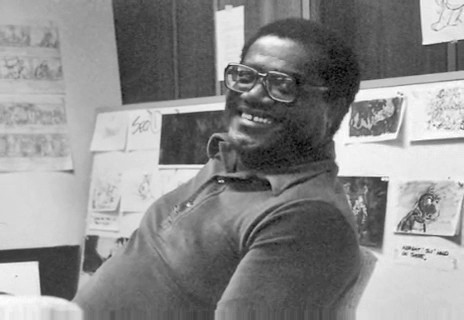

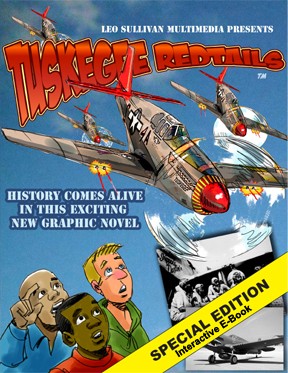
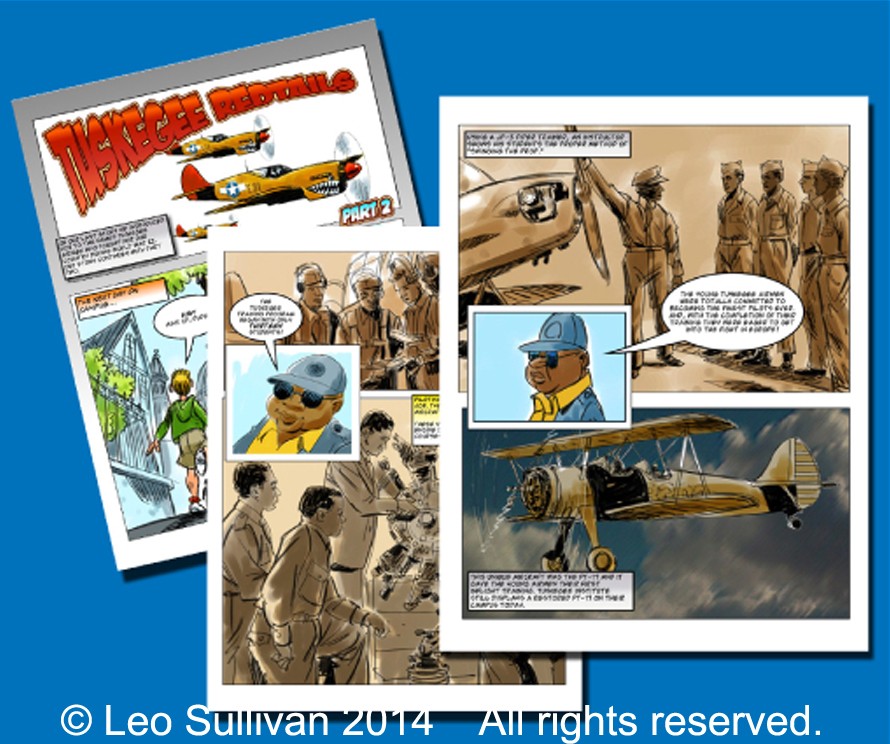
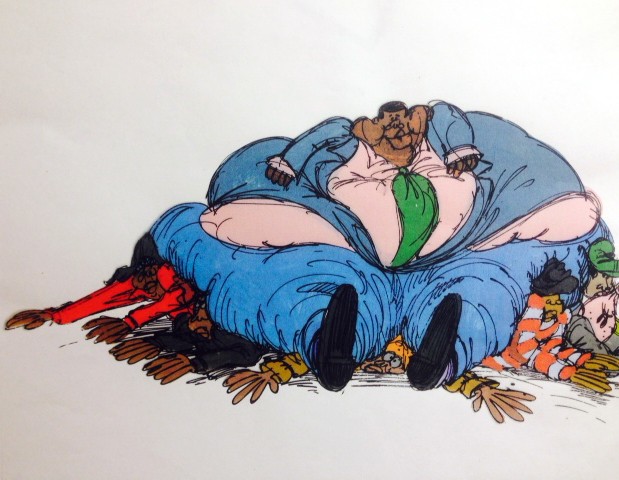
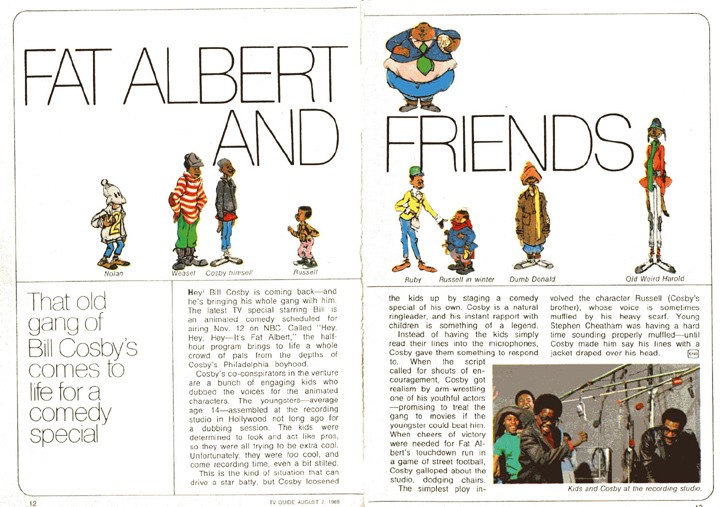
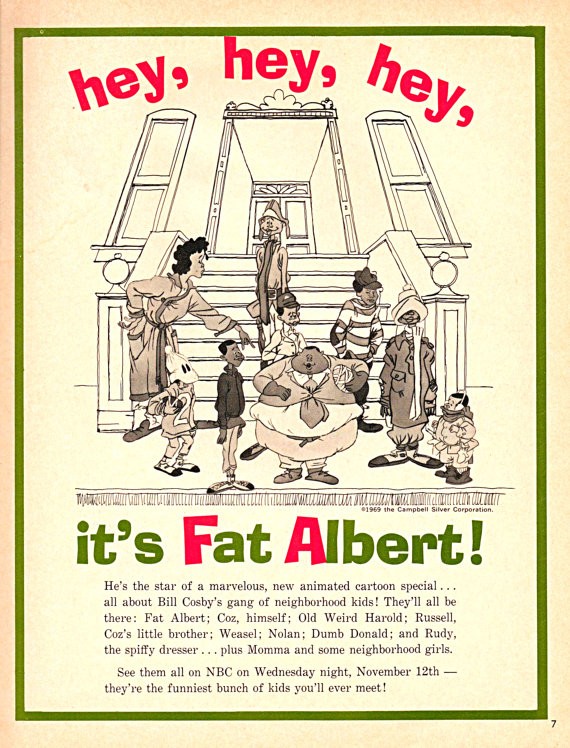
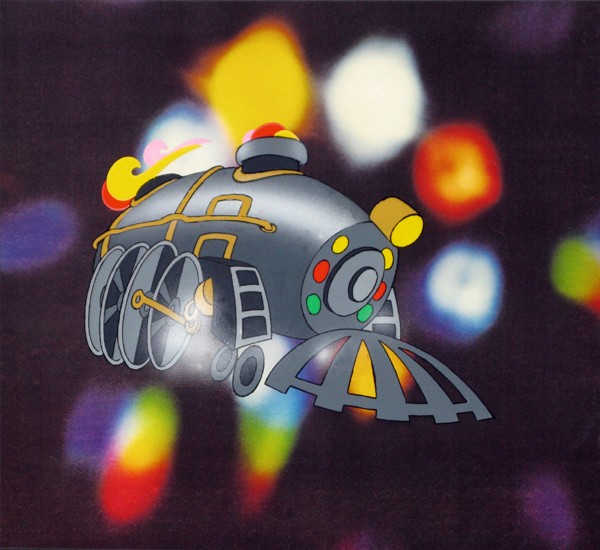
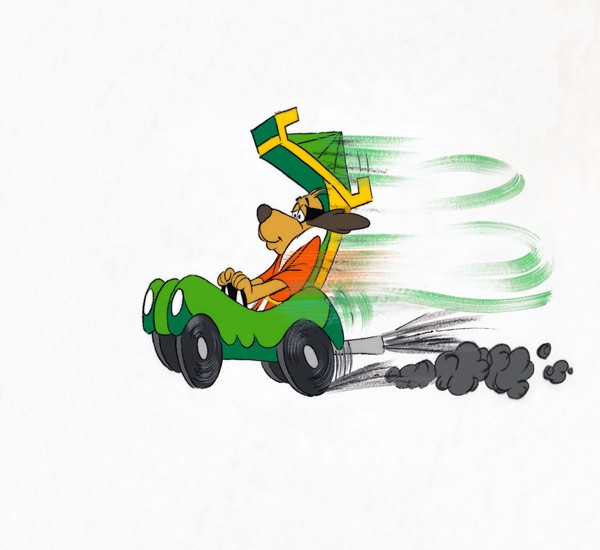
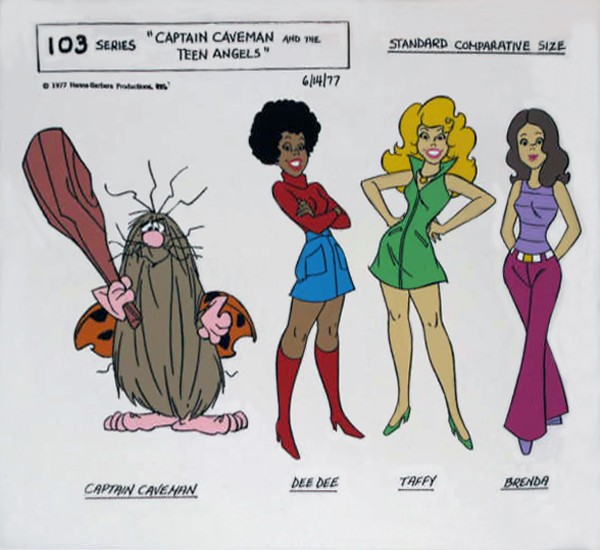
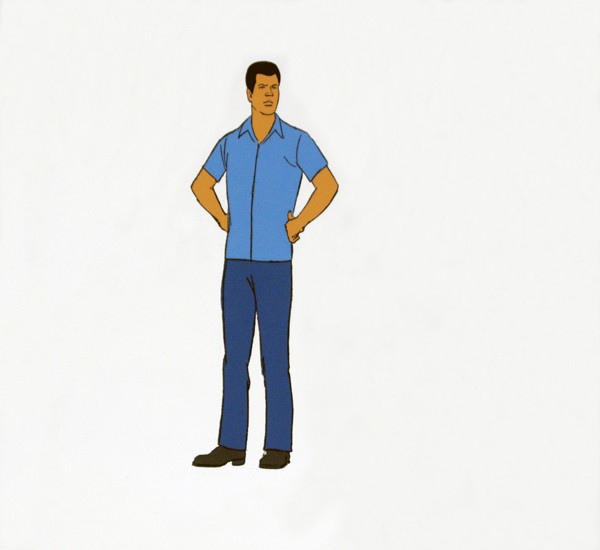


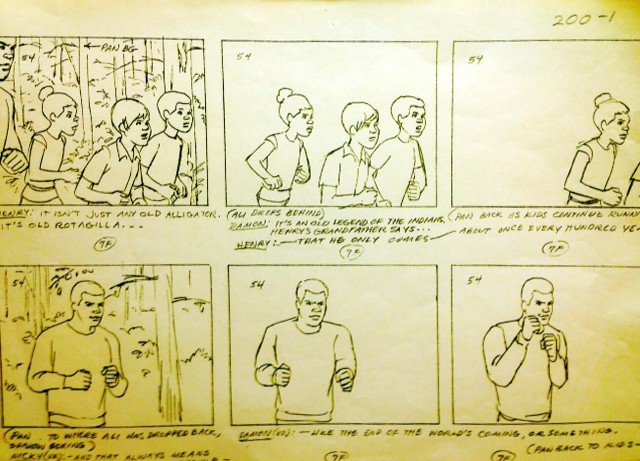
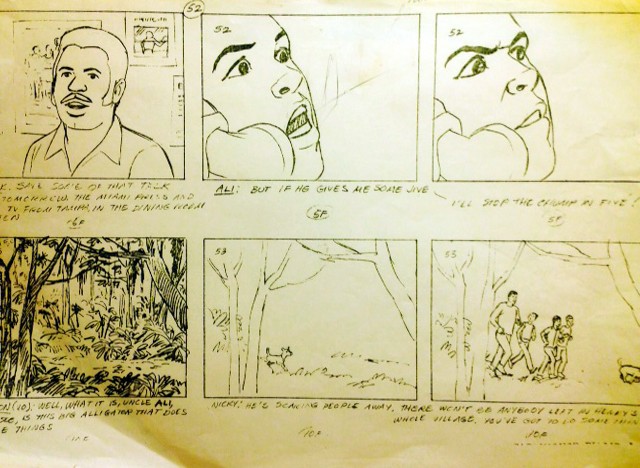

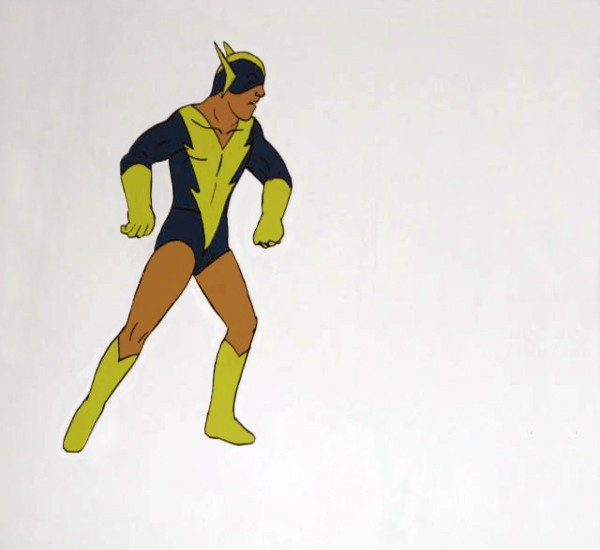
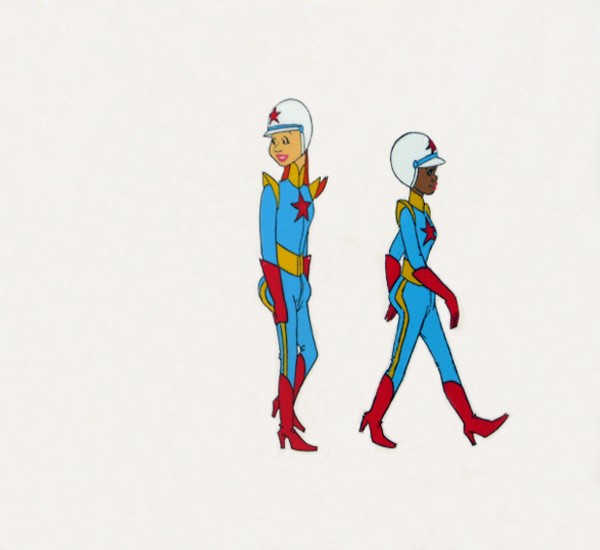
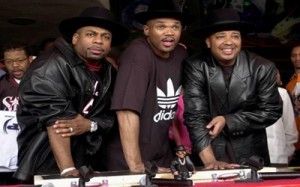
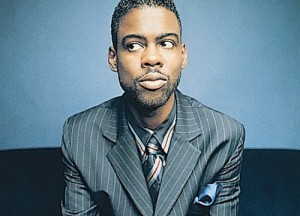
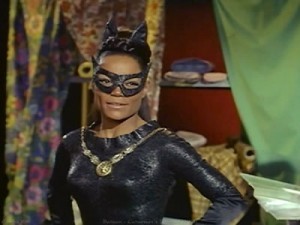

1 Comment
I’m just simply blown away by this interview. Such great info. I always wondered who animated the Soul Train open! Leo Sullivan is one of the unsung heroes of animation.